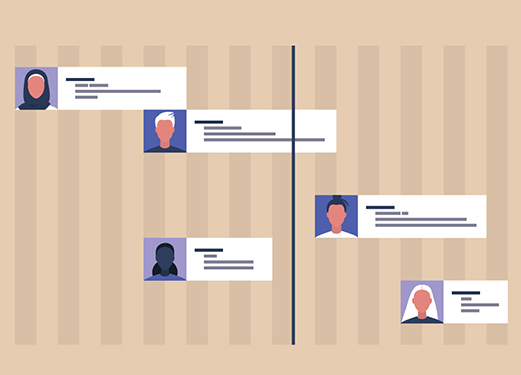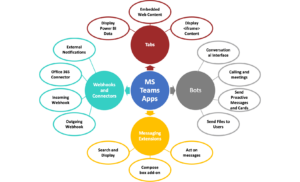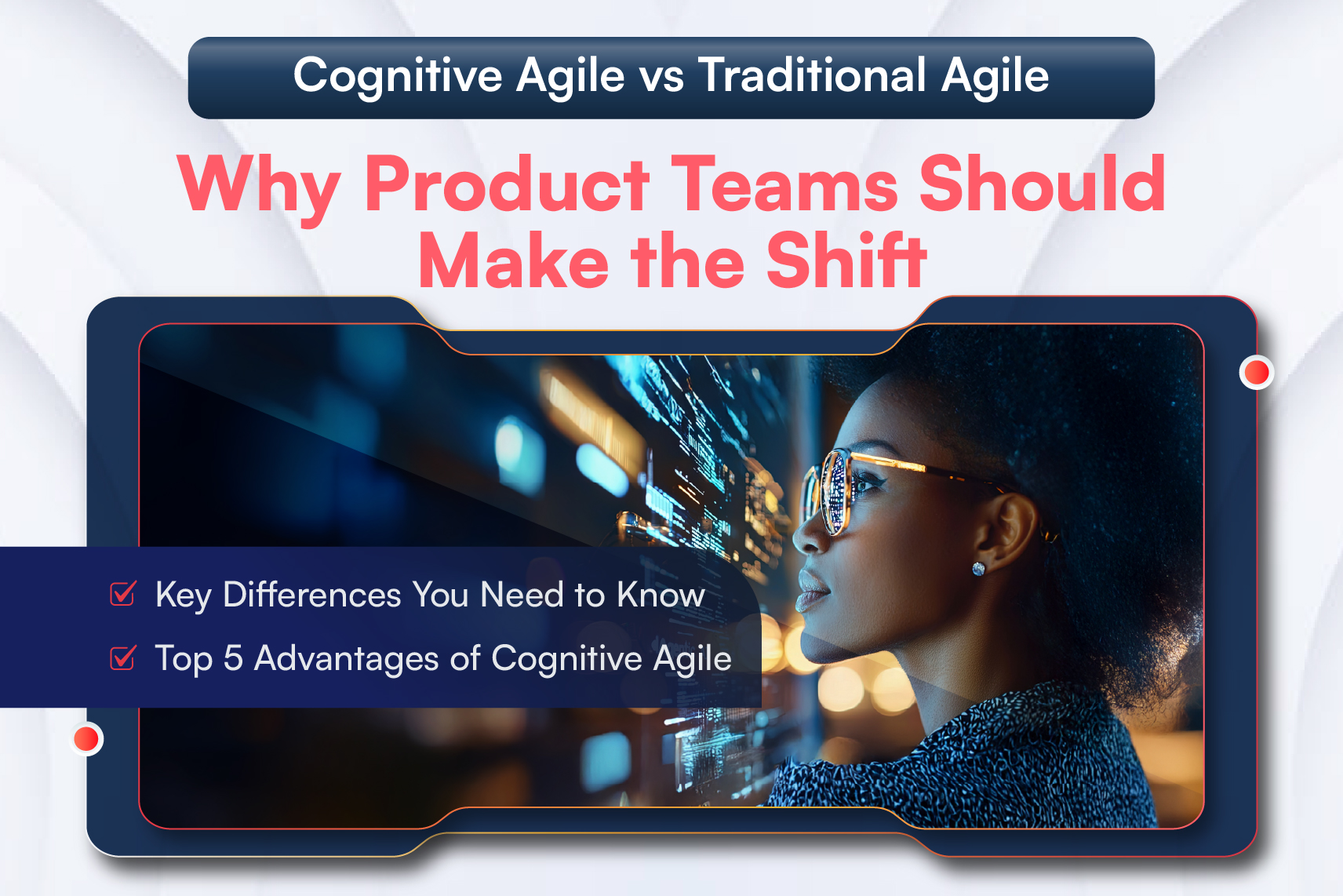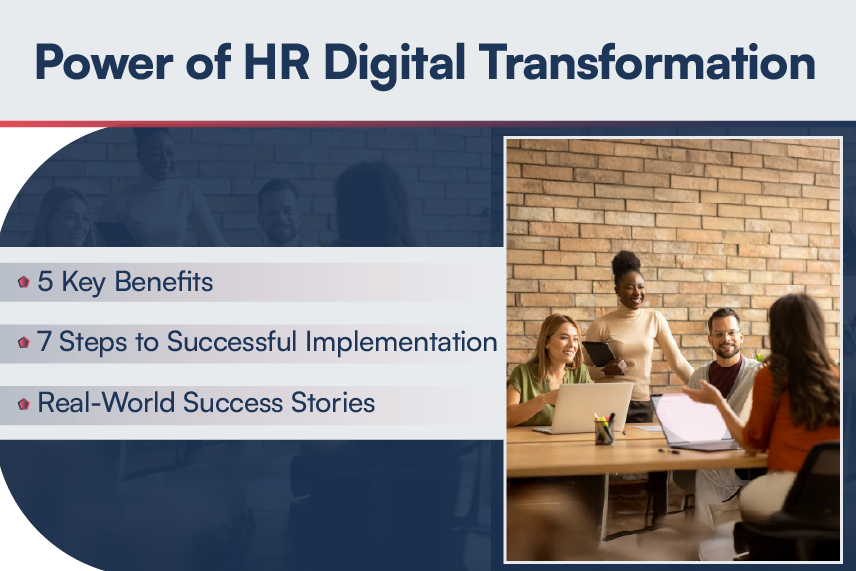
Over the last six months, we are experiencing an evolution of WorkTech, a combination of Workforce, Productivity, and Collaboration technology. With a remote work setup, the use of collaboration tools has increased considerably. For example, Microsoft Teams has been instrumental in solving communication challenges that we had, especially during the pandemic. April 2020 alone saw 75 million daily active users!
As a remote work environment is the new normal, there are increasing demands to ingest collaboration into both productivity and workforce applications. Collaboration tools such as Zoom, Slack, Microsoft Teams, etc. do offer inbuilt support to enable this kind of integration. But, in my opinion, MS Teams has been a step ahead.
How can product builders use the Microsoft Teams platform?
Recently at Harbinger, we have developed multiple MS Teams applications, integrating different HR workflows into the MS Teams interface. Looking at capabilities offered, MS Teams have the potential to unify the interface for most of the Productivity and HR apps used by the remote workforce.
To understand this better, let’s look at components available from MS Teams while developing an extension or app. Below infographics covers four main features i.e. Tabs, Conversational Chatbot, Messaging Extensions, and Webhook Connectors.

While developing a Microsoft Teams extension at Harbinger, we have approached it in two steps. The first step is to identify the functionality of both Productivity and HR applications that can benefit end-users by adding collaboration capabilities. The user experience (UX) architects made use of the Design Thinking framework to identify such scenarios. Please refer to the recent Point of View session on Use Design Thinking to Decode Productivity and Collaboration in WorkTech for details.
After identifying the relevant workflows and functionality, it’s equally important to map MS Teams’ capabilities against it. Based on the scenario, one can build a very lightweight Teams application or create a feature-rich app to utilize Teams as a primary user interface. We have discussed different use cases and their mapping with MS Teams capabilities during my Point of View session on Enhance Collaboration and Productivity with MS Teams in Your HR Apps.
To summarize, by design MS Teams offers a variety of features and a lot of flexibility to bring collaboration into your existing workflows. In remote work environments, collaboration is now essential for seamless user experience, and you can consider MS Teams extensions to enable it.
In case you have experienced this or are looking to apply these concepts in your product, feel free to drop us a comment below.
You can also know about Harbinger Systems’ WorkTech Services.






